This article was co-authored by wikiHow staff writer, Luke Smith. Our trained team of editors and researchers validate articles for accuracy and comprehensiveness.
wikiHow’s Content Management Team carefully monitors the work from our editorial staff to ensure that each article meets our high quality standards.
There are 8 references cited in this article, which can be found at the bottom of the page.
This article has been viewed 1,012 times.
Learn more...
Arrowheads can be found almost anywhere in North America and other continents, and are profound connections to the past. While you’ve probably found some by complete accident or coincidence, you can up your chances by searching in particular places or during prime seasons. Just be sure to know your local history and respect the local cultures as you follow our simple steps on how, where, and when to find these little archeological treasures.
Things You Should Know
- Hunt for arrowheads around bodies of water or on high ground, where Native peoples often made camp.
- Ask permission before you search tilled fields, where the overturned earth may reveal arrowheads.
- Scan the forest floor, where arrows may have landed during hunting.
- Consult your local tribal association, museum, or historical society for information on the history of the area.
Steps
References
- ↑ https://mvmagazine.com/news/2008/05/01/finding-arrowhead
- ↑ https://www.farmanddairy.com/top-stories/how-to-hunt-for-arrowheads-in-ohio/564152.html
- ↑ https://www.ohioarch.org/pdfs/4H%20Arrowhead%20Artifacts.pdf
- ↑ https://waupacanow.com/2022/05/04/finding-local-arrowheads/
- ↑ https://texasheritageforliving.com/texas-living/texas-arrowhead-hunting/
- ↑ https://www.ohioarch.org/pdfs/4H%20Arrowhead%20Artifacts.pdf
- ↑ https://mdc.mo.gov/magazines/conservationist/1999-10/shaped-stone
- ↑ https://texasheritageforliving.com/texas-living/texas-arrowhead-hunting/
- ↑ https://texasheritageforliving.com/texas-living/texas-arrowhead-hunting/
- ↑ https://www.ohioarch.org/pdfs/4H%20Arrowhead%20Artifacts.pdf
- ↑ https://mvmagazine.com/news/2008/05/01/finding-arrowhead
- ↑ https://mdc.mo.gov/magazines/conservationist/1999-10/shaped-stone
- ↑ https://mdc.mo.gov/magazines/conservationist/1999-10/shaped-stone
- ↑ https://wkfr.com/michigan-arrowheads
- ↑ https://americanindian.si.edu/explore/collections/contact
- ↑ https://texasheritageforliving.com/texas-living/texas-arrowhead-hunting/
- ↑ https://www.ohioarch.org/pdfs/4H%20Arrowhead%20Artifacts.pdf
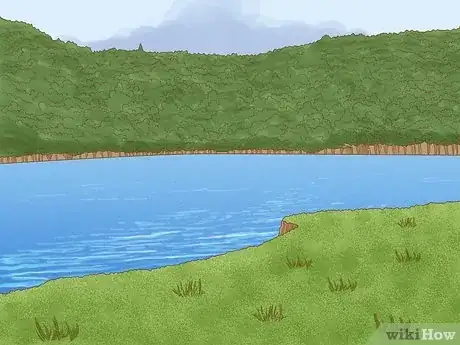

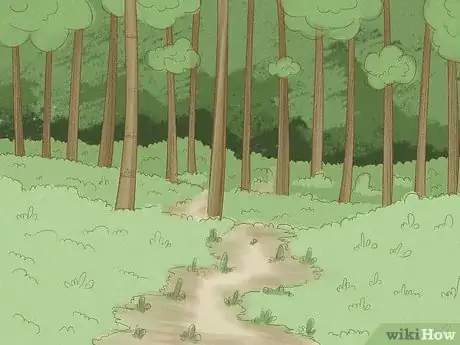




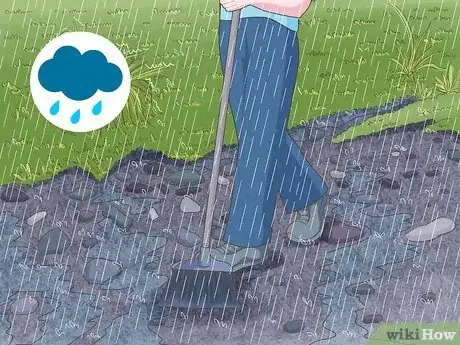

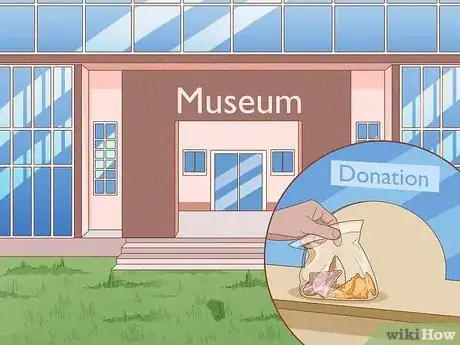














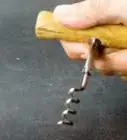



































wikiHow’s Content Management Team carefully monitors the work from our editorial staff to ensure that each article meets our high quality standards. This article has been viewed 1,012 times.